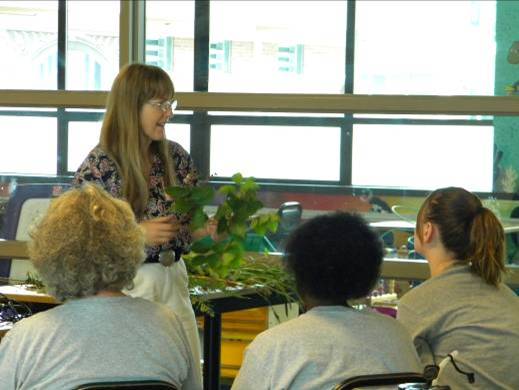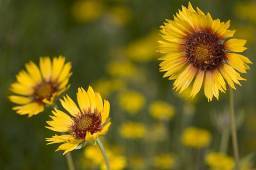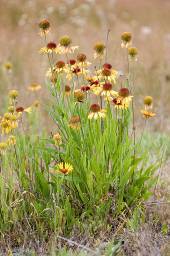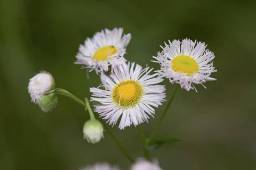SPP National Conference
By Joslyn Trivett and Brittany Gallagher
The Washington state segment of a national SPP network conference was a resounding success. Nearly fifty participants from Washington, Oregon, California, Ohio, Utah, Maryland, and national organizations brought their expertise in corrections, education, and sustainability to the Evergreen State College for the two-day conference, funded by a National Science Foundation grant. Forty SPP staff and partners supported and contributed to the event as well, hosting tours at three prisons and presenting SPP history and tips for success. Everyone learned from each other, benefiting from the diversity of experience and knowledge. All took away new connections with partners and allies, and a bolstered sense of how to implement or improve SPP-style programs.
One conference participant wrote to say: “I just wanted you to know that I really enjoyed the conference and [we] brought back some really good ideas we can work on out here in [our state]. I attended the State Sheriff’s Conference this week for jails and no one has sustainability on their radar. So I brought it up. Maybe [we] can be the leaders out here…we’ll give it a try.”
Central to the conference was exploring approaches for creating a national network as a means for sharing resources, strategies, and successes. The conversation continues post-conference, and will grow further when we meet again for the Utah segment in March 2013.

Sandy Mullins (far right), Director of the Office of Executive Policy at the Washington Department of Corrections, makes a comment during the panel discussion held at the Phoenix Inn on the first night of the national network conference. Secretary of Prisons Dan Pacholke (center) and SPP Conservation and Restoration Coordinator Carl Elliot (far left) look on. Photo by B.Gallagher.

Visitors to Stafford Creek Corrections Center explore “the bike shop,” where old bicycles and wheelchairs are repaired and refurbished for donation to community organizations. Tours were given at SCCC, Mission Creek Corrections Center for Women, and Cedar Creek Corrections Center. Photo by B. Gallagher.
SPP In the News
The Associated Press wire service wrote an article about the SPP and our national conference that has been published by USA Today, the Washington Post, the Seattle Times, Huffington Post, Salon.com, and ABC News. Photos from The Evergreen State College’s staff photographer, Shauna Bittle, are included in each story.
Shauna also visited Stafford Creek Corrections Center for a recent lecture with SPP Education and Evaluations Coordinator Brittany Gallagher. Shauna produced a segment on the SPP’s Science and Sustainability Lecture Series that can be found at One Minute Evergreen.

Chris Idso, Plant Manager and Sustainability Coordinator for Stafford Creek Corrections Center, tells visiting lecturer Anna Thurston about SCCC’s tilapia operation during a tour of the facility’s greenhouse. Photo by Shauna Bittle. For more photos from this tour, see Shauna’s One Minute Evergreen piece (link above).












